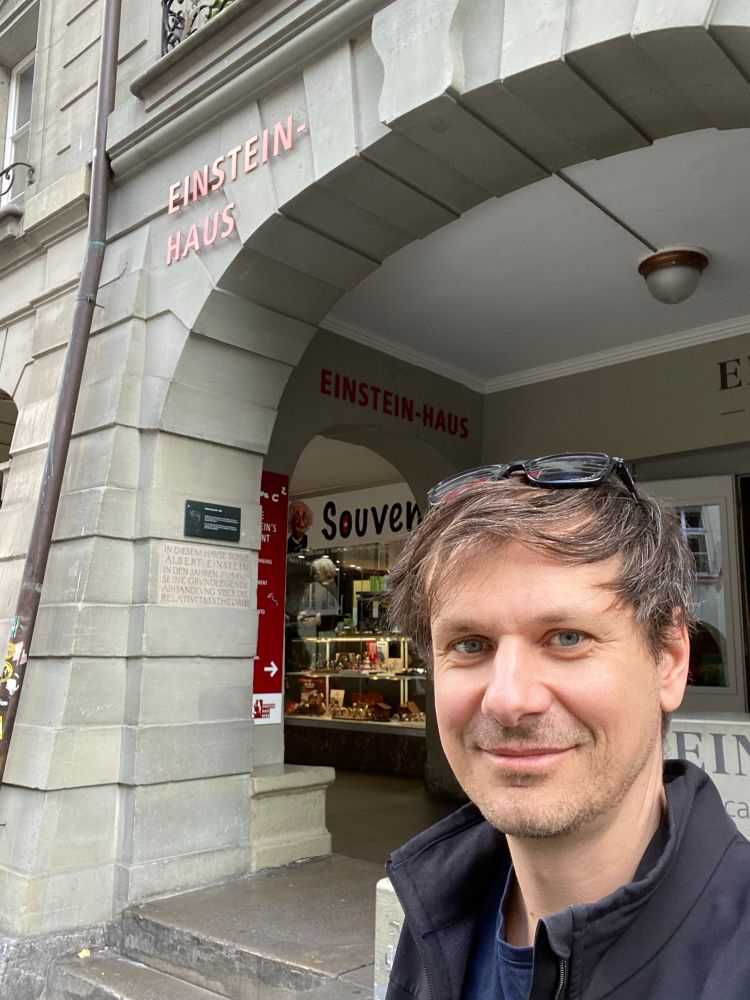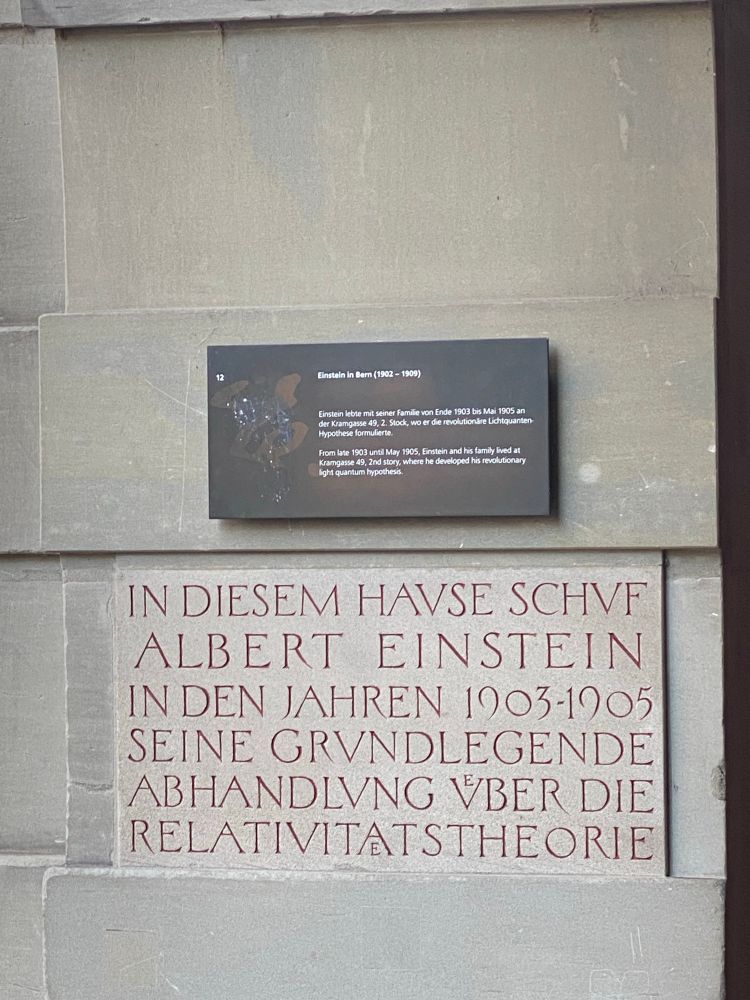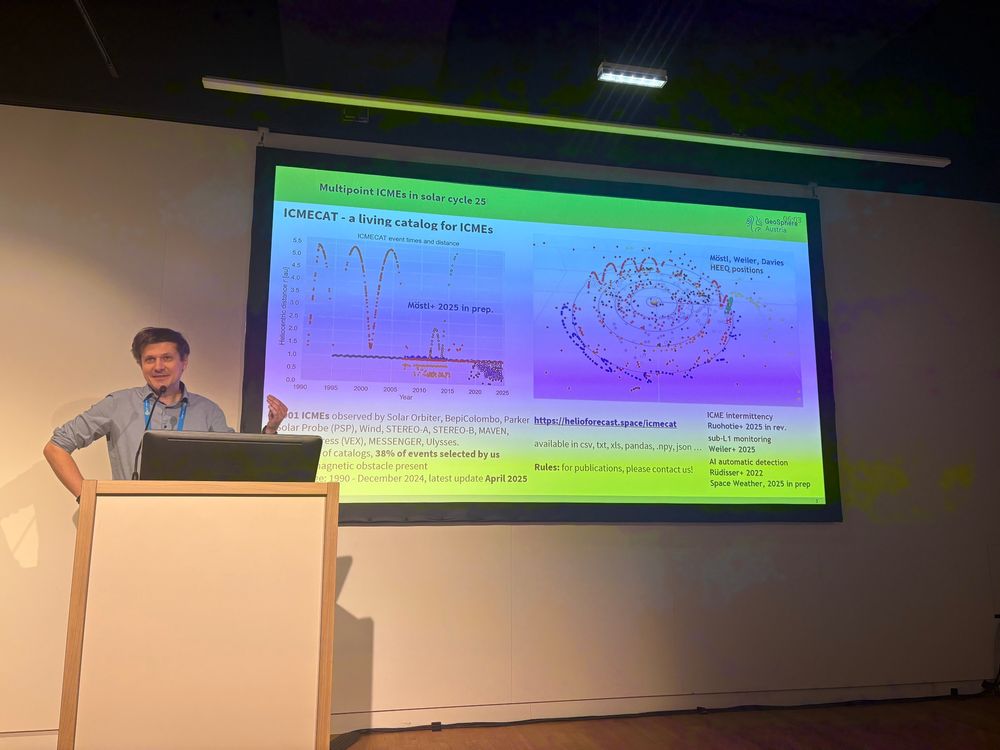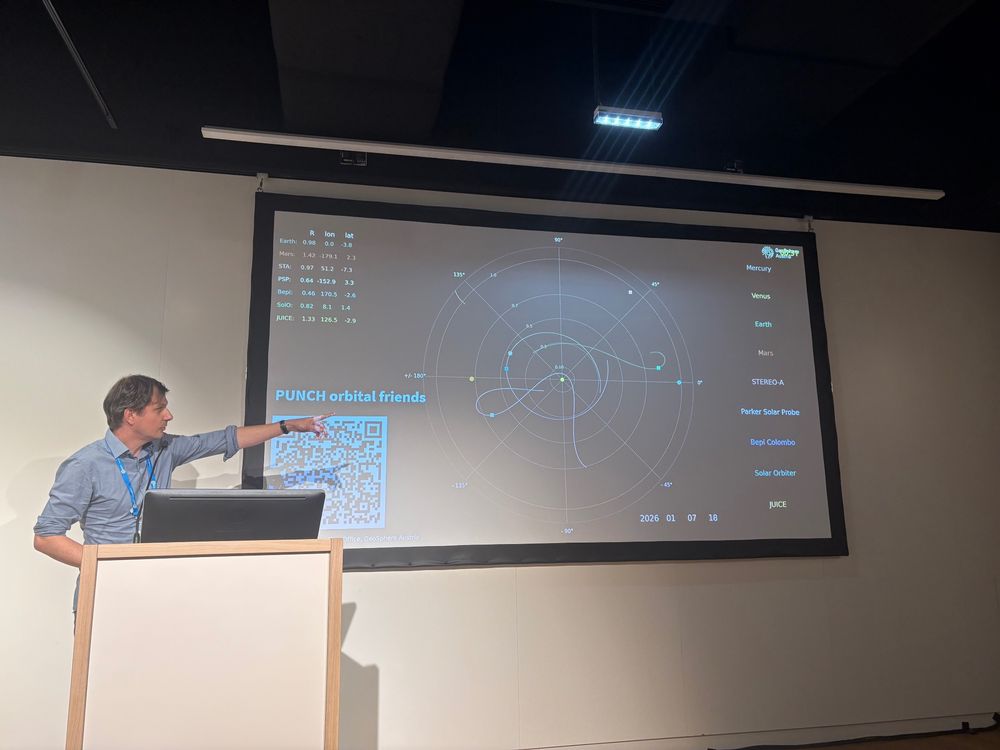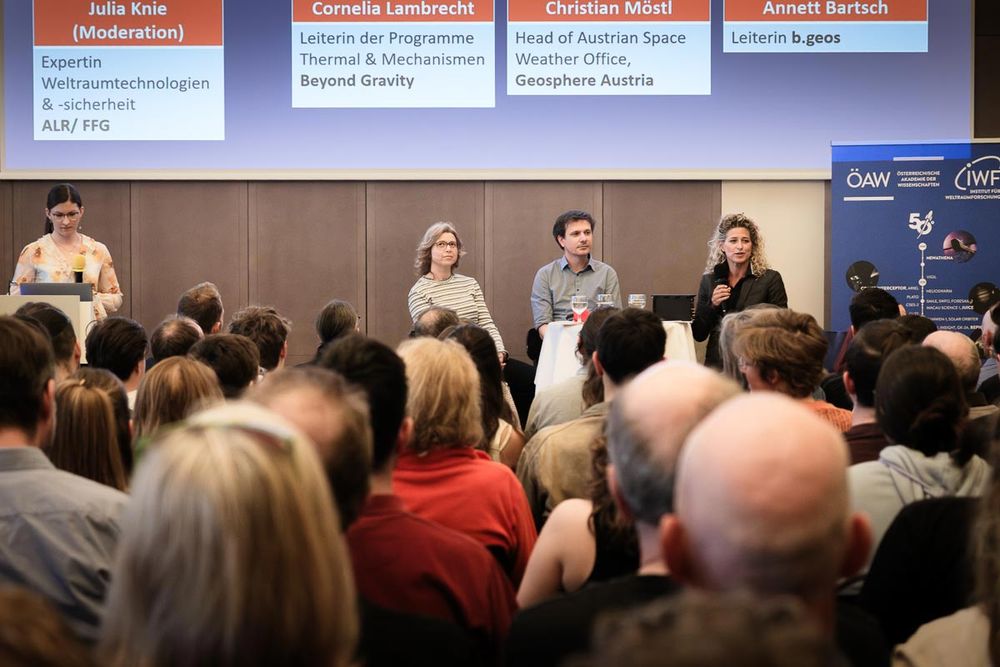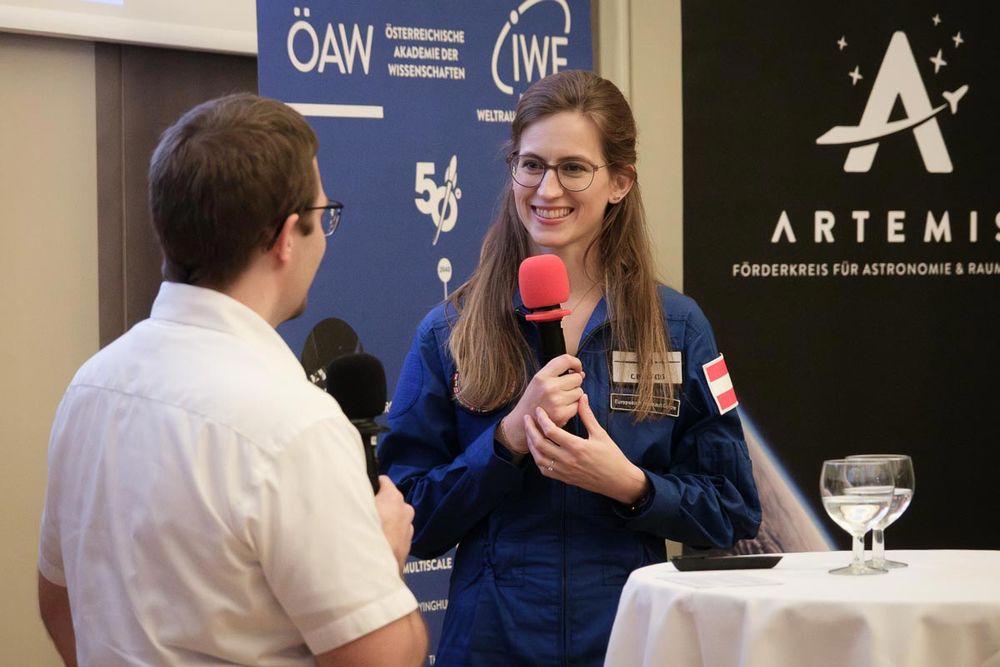🍎
14.07.2025 14:43 — 👍 1 🔁 0 💬 0 📌 0
This years @erc.europa.eu Advanced Grant results are out! In solar system sciences and #heliophysics there are projects on solar coronal heating, stellar convection and icy moons.
Otherwise in #astrophysics topics like planet formation, black holes and dark matter were selected.
17.06.2025 10:57 — 👍 8 🔁 1 💬 0 📌 0
What a week for #heliophysics 🔥: first #solarstorm imaged with NASA @punch-mission.bsky.social, @esa.int Solar Orbiter provides the first view of the solar south pole, and @esa.int Proba-3 demonstrates formation flying and imaging the inner solar corona.
17.06.2025 07:46 — 👍 8 🔁 0 💬 1 📌 0
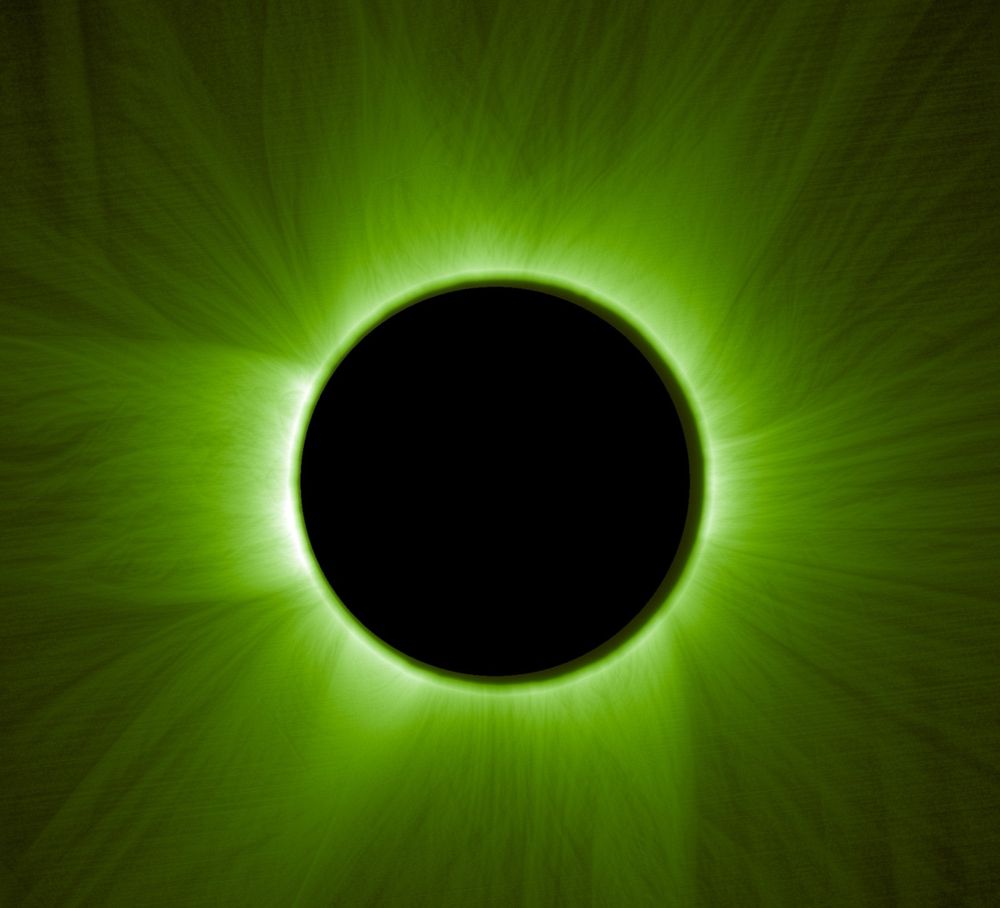
Breaking space news: We have made our own solar eclipse in space! 🌘
Today, we release the first images from our Proba-3 mission, which flies two spacecraft in precise formation to create artificial solar eclipses in orbit.
Learn more ➡️ www.esa.int/Enabling_Sup...
16.06.2025 14:30 — 👍 456 🔁 106 💬 9 📌 25
Highly fascinating that for the @esa.int gravitational wave observatory #LISA (launch ~2035), #spaceweather effects need to be studied. Kind of logical, due to the superhigh sensitivity of the observations. 2035 is the max of solar cycle 26, and we might know its strength in the early 2030s.
paper👇
06.06.2025 14:22 — 👍 4 🔁 0 💬 1 📌 0
I am not involved in this! Nils Janitzek gave an introduction yesterday in the Solar Orbiter working groups meeting.
06.06.2025 13:07 — 👍 0 🔁 0 💬 1 📌 0
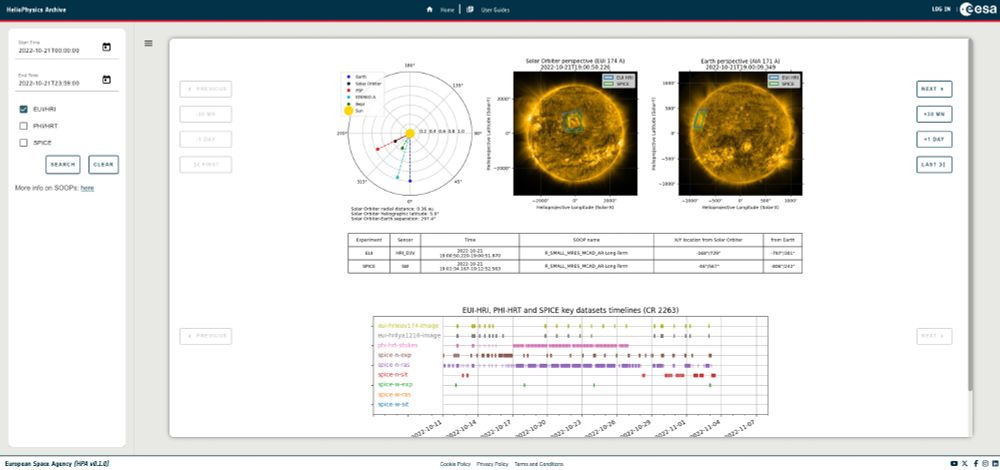
This is a new tool to look at @science.esa.int #SolarOrbiter imaging data (or data from other missions) and the field of views of different instruments.
hpa.esa.int/hpa/#/home
05.06.2025 11:27 — 👍 12 🔁 2 💬 1 📌 0
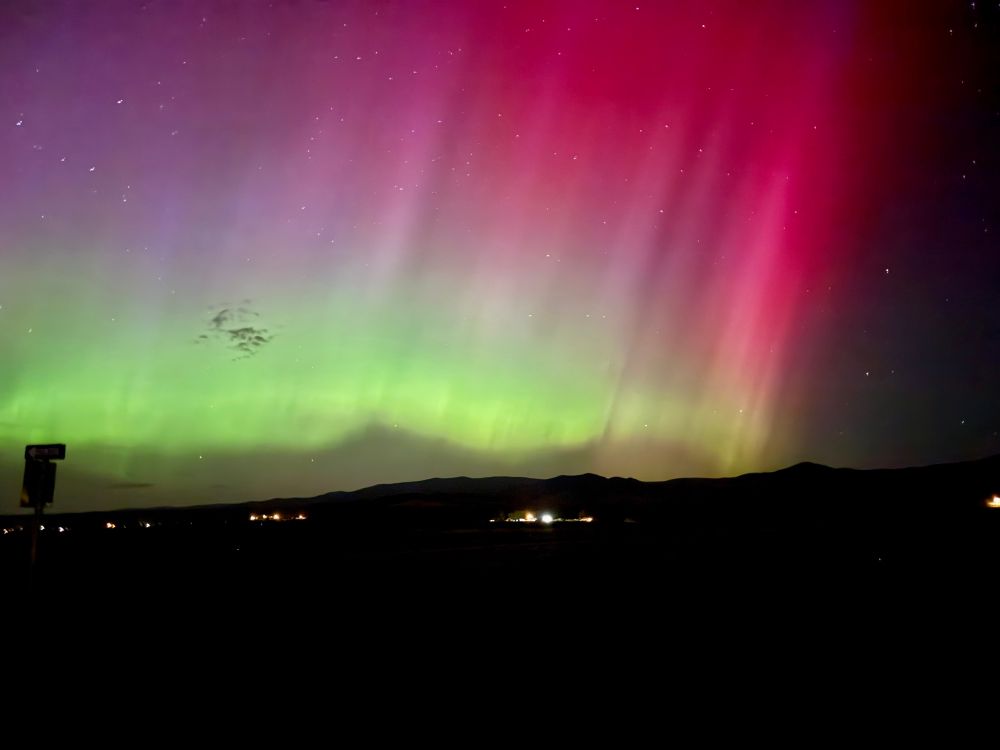
This morning we drove to Bozeman Pride for @zoandbehold.bsky.social to speak, then went down to Yellowstone and saw incredible sights.
Then, on the drive back to Missoula at 1AM, the heavens erupted.
Naked eye visible aurora. The northern lights told us Happy Pride :)
01.06.2025 09:07 — 👍 9692 🔁 994 💬 134 📌 37
"Another thing that got forgotten was the fact that against all probability a sperm whale had suddenly been called into existence several miles above the surface of an alien planet."
- Douglas Adams
22.05.2025 13:10 — 👍 8 🔁 0 💬 1 📌 0
Unprocessed Level 0 data from @punch-mission.bsky.social are now available at: punch.space.swri.edu/punch_scienc...
code tools: github.com/punch-missio...
documentation:
punchbowl.readthedocs.io/en/latest/
21.05.2025 12:27 — 👍 6 🔁 0 💬 0 📌 0
The @egu.eu General Assembly week in #Vienna 🇦🇹 May 3-8 2026 may overlap with the @eurovision.tv Song Contest 2026 week! Could be more likely though that the #ESC happens one week later, with the final on Saturday May 16.
If the #ESC goes to #Graz, visitors @aswogeosphere.bsky.social are welcome! 😀
20.05.2025 07:58 — 👍 6 🔁 2 💬 0 📌 0
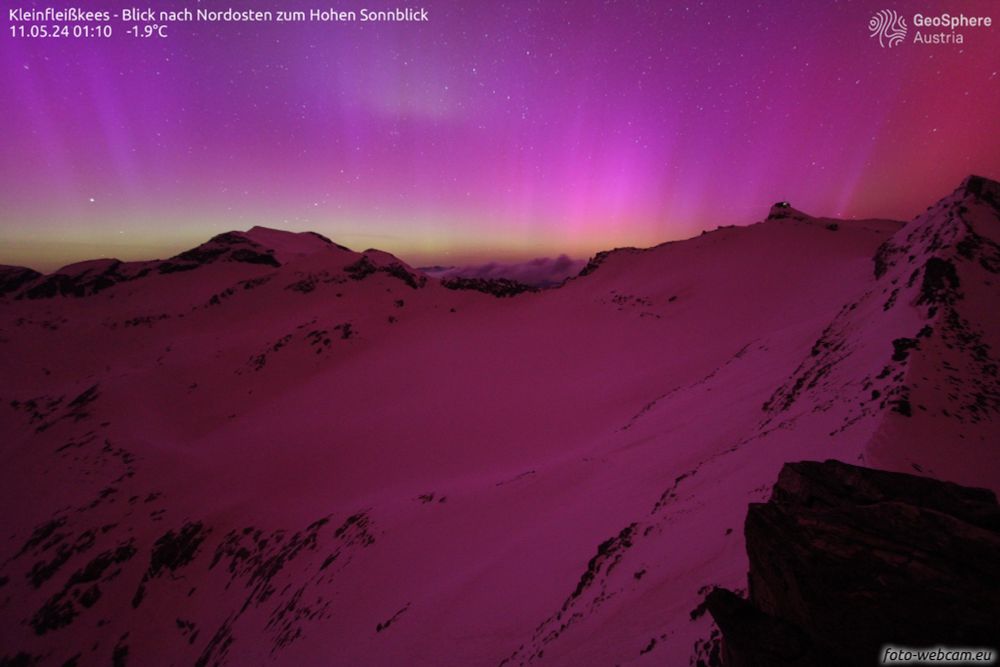
Aurora over the Sonnblick Observatory in Austria on 11 May 2024

Solar storms observed by STEREO-A in May 2024
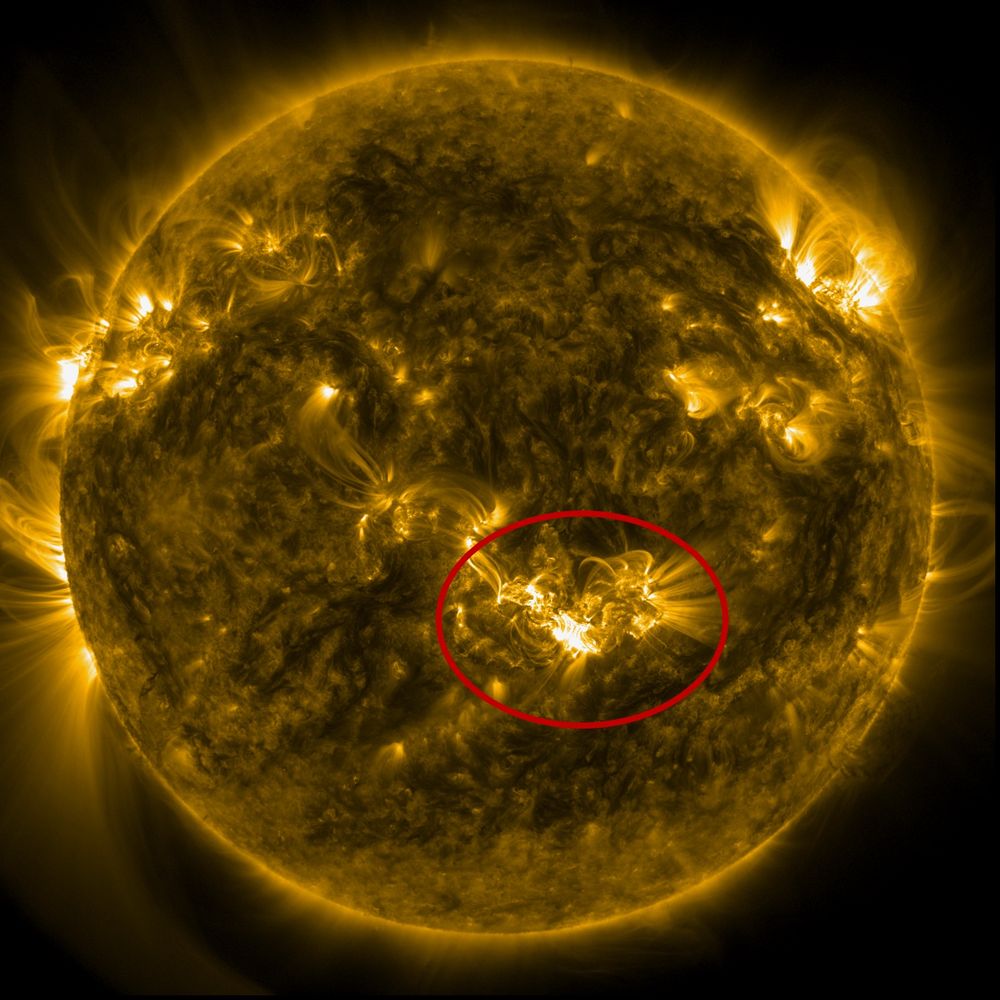
The solar source active region of the geomagnetic superstorm in May 2024

Simulations of the solar storms at the GeoSphere Austria
Tomorrow is the anniversary of the 10-11 May 2024 geomagnetic superstorm! Our paper in @agu.org Space Weather led by Eva Weiler demonstrates the solar source of 5 interacting #solarstorms and the possibility to better predict such events with sub-L1 monitors in the future.
🧵👇
doi.org/10.1029/2024...
09.05.2025 08:06 — 👍 21 🔁 8 💬 1 📌 0
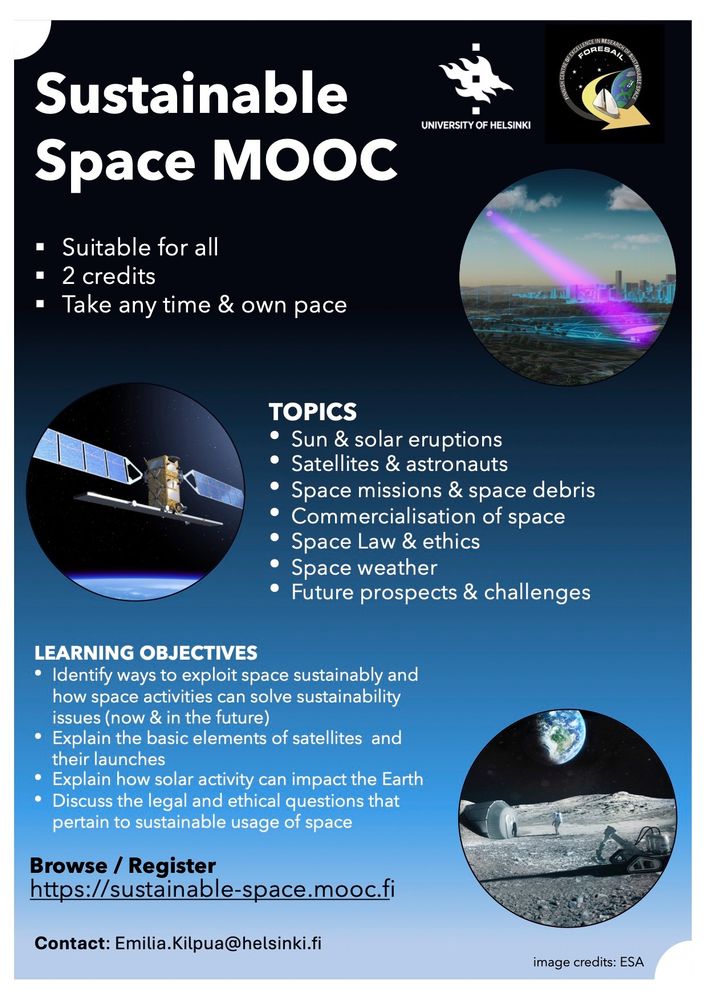
The University of Helsinki has put this introductory course on "Sustainable Space" online, covering topics such as #spacedebris, #spaceweather, #solarwind, magnetosphere, and ionosphere, atmosphere, as well as basics of satellites, orbits, and launchers.
courses.mooc.fi/org/uh-physi...
06.05.2025 12:34 — 👍 23 🔁 8 💬 0 📌 1

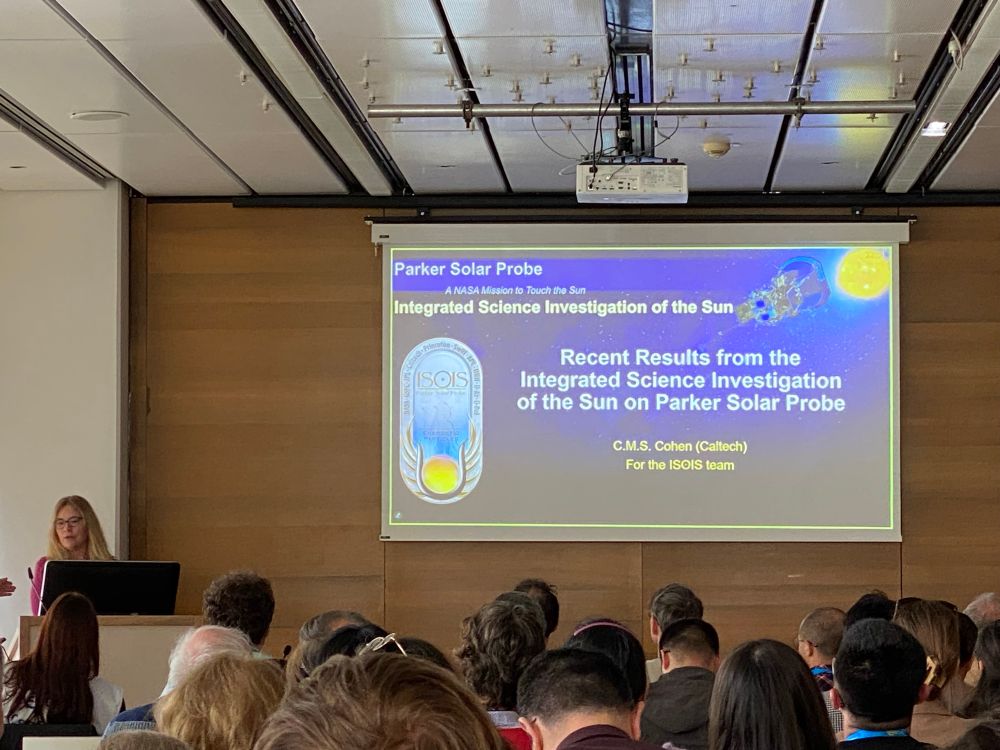
Annual #EGU25 arrival picture and Christina Cohen kicks off the open session with recent Parker Solar Probe highlights!
28.04.2025 12:06 — 👍 14 🔁 0 💬 0 📌 0
Say 👋 and meet our team at #EGU25!
28.04.2025 08:00 — 👍 6 🔁 0 💬 0 📌 0
Sarah’s rules of looking for life with only chemical signatures:
1) the smaller the molecule(s) the more likely they can also be produced by abiotic processes
2) one molecule, if it can be produced by any abiotic process, will never be enough to definitively claim detection of life
17.04.2025 12:10 — 👍 1054 🔁 201 💬 25 📌 37
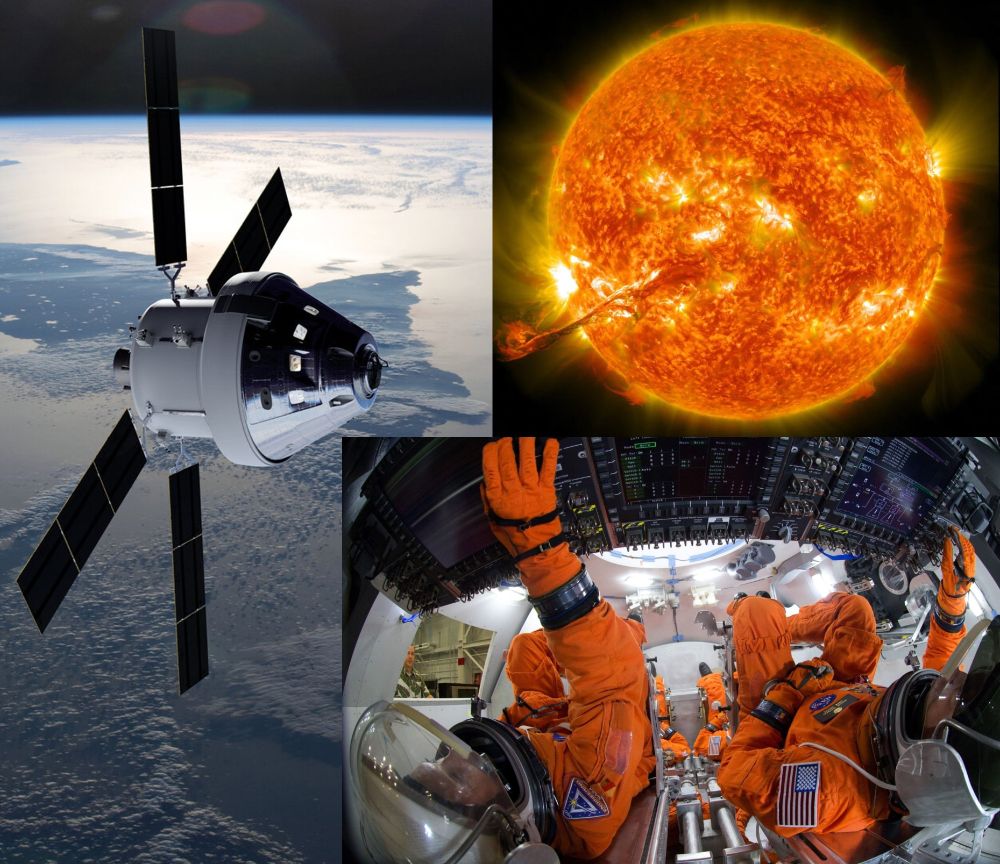
If the Sun has an eruption while the Artemis crew is on their way to the Moon, they'll need to rig a 'pillow fort' of radiation protection & snuggle together until it passes. Astronaut reality beyond Earth's protective magnetic field.
spacenews.com/a-little-pil...
11.04.2025 12:44 — 👍 107 🔁 17 💬 2 📌 1
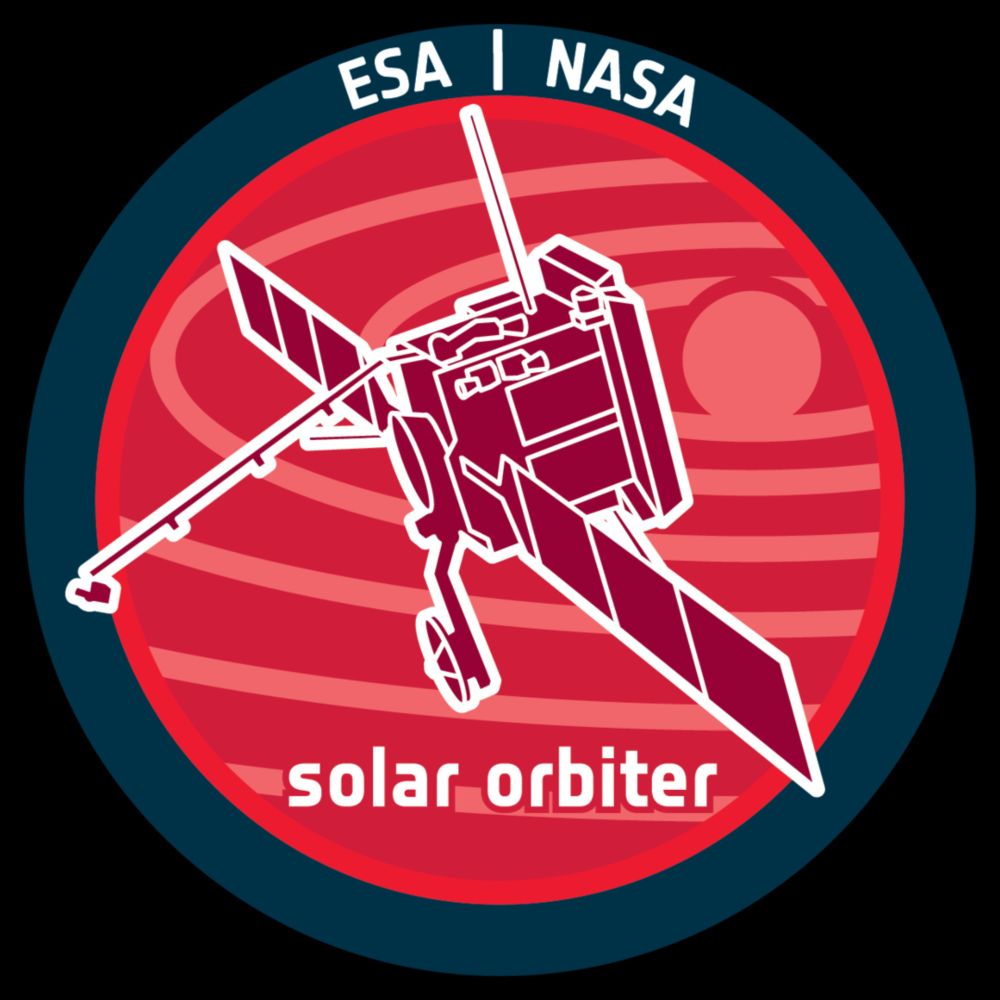
SolO_WG - Eruptive Events and Large-scale Structure (IS/RS)
Leads:
Emma Davies, Geosphere, Austria
Christina Kay, JHU/APL, USA
David Long, Dublin City University, Ireland
Benjamin Lynch, UCLA, USA
Christian Möstl, Geosphere, Austria
Objectives
(1) Evolution a...
If you are interested in the science of solar eruptive events and large scale structures, you can sign up to the google group here👇 (see bottom of the linked page). There are about 400 people in the mailing list, with around 50 (+/- 20) participants in each meeting.
sites.google.com/view/solo-wg...
11.04.2025 09:17 — 👍 1 🔁 0 💬 0 📌 0
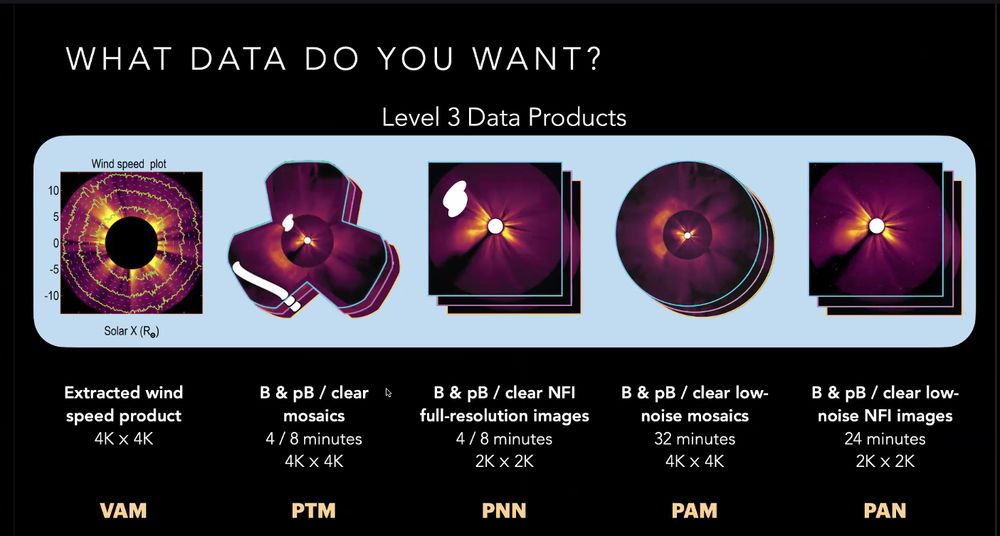
Simulated images that the PUNCH mission will provide, of the solar wind and solar corona.
At the #SolarOrbiter eruptive events working group meeting yesterday, we had a great talk by Sarah Gibson on the amazing #PUNCH mission to observe the corona and solar wind with polarized brightness images! First light is coming soon, check out updates at punch.space.swri.edu.
11.04.2025 09:17 — 👍 17 🔁 2 💬 1 📌 0
Yes indeed the STEREO spacecraft are on orbits with an inclination to the solar equatorial plane that is almost identical to Earth, around 7.3 degrees. Being located within +/-7.3 degrees does sample at least a bit of latitude, but @esa.int Solar Orbiter will go up even to +/- 33 degrees!
10.04.2025 08:44 — 👍 2 🔁 0 💬 0 📌 0
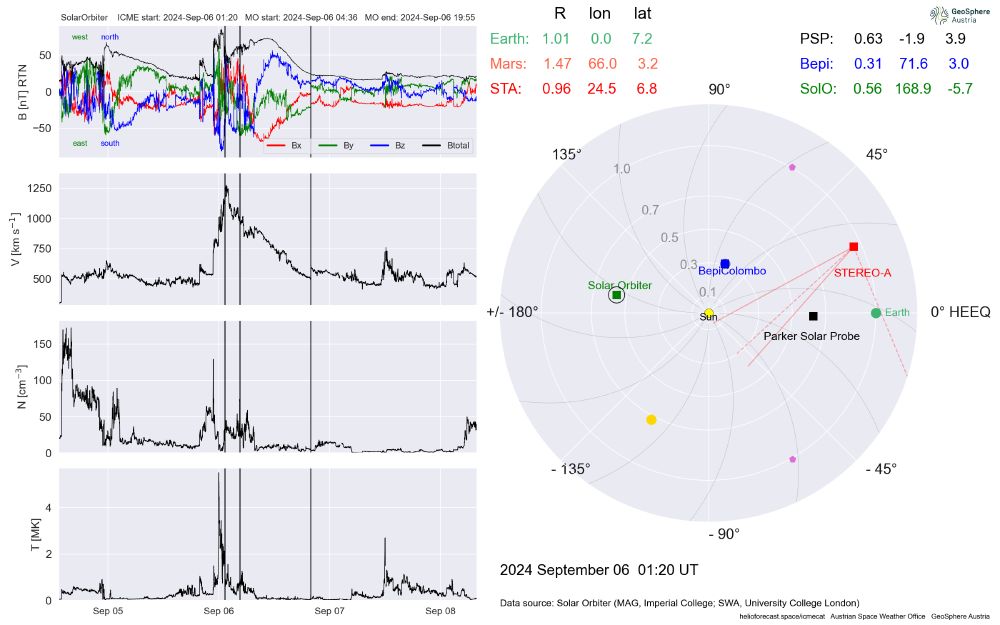
Here is an example observation by @esa.int #SolarOrbiter, on the other side of the Sun as seen from Earth, as it was impacted early September 2024 at 0.56 au by a solar storm with a peak speed of around 1250 km/s, and a very clean rotating magnetic field (upper left panel).
09.04.2025 14:04 — 👍 2 🔁 0 💬 0 📌 0
If you want to use this for your own work, best to drop me a DM here or email me. Manual selection of solar storms is quite subjective, and I'm happy to make changes if you disagree with any boundaries. It's a living catalog. We've done big improvements to the code and updating is now much easier.
09.04.2025 13:56 — 👍 3 🔁 0 💬 1 📌 0
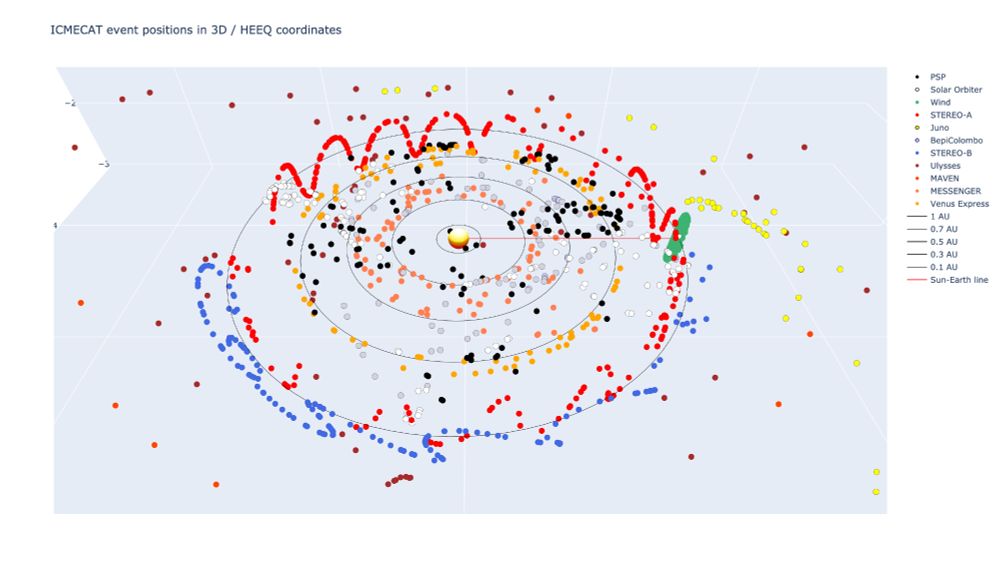
We have published an update to our #solarstorm catalog today, now with 1901 in situ observed events. Solar ☀️ activity in 2024 was really strong, adding another 192 events measured at @esa.int Solar Orbiter, NASA Parker Solar Probe and other missions, with 50 events at 🌍. helioforecast.space/icmecat
09.04.2025 13:56 — 👍 19 🔁 2 💬 2 📌 0
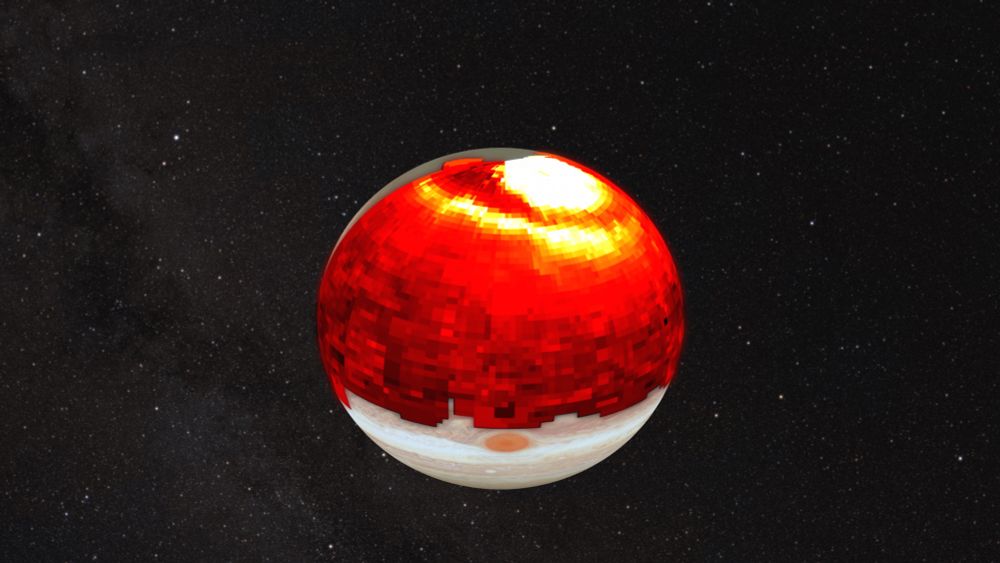
Visible-light image of Jupiter overlaid with infrared data, showing the planet’s bright auroral regions at the poles and a large, arc-shaped heat wave extending toward the equator.
🚨Our new paper is out now!
We caught Jupiter’s upper atmosphere reacting dramatically to a bursts of solar wind, which triggered a planet-wide wave of heat to flow from the auroras. This changes how we think about the Sun’s influence at the outer planets.
www.reading.ac.uk/news/2025/Re...
03.04.2025 13:22 — 👍 84 🔁 20 💬 1 📌 1
"uncanny valley" - nicht ganz unecht, aber auch nicht ganz echt, bäh
02.04.2025 12:59 — 👍 0 🔁 0 💬 0 📌 0
Taivaanvahti Taivaanvahti - Ursan havaintojärjestelmä
One solarmaxmission they indicated that the photos should be submitted through this site:
www.taivaanvahti.fi/observations...
And at www.heavens-above.com there is a link to "Fram2" where you can get times of passes of the spacecraft over your location.
02.04.2025 06:25 — 👍 0 🔁 0 💬 2 📌 0
An element of truth - videos about science, education, and interesting things.
Still writing. Editor at Large WIRED. Hackers, Crypto, Facebook: The Inside Story, Insanely Great and other books. Signal: stevenlevy.72
Understanding CMEs and Solar Wind |
Postdoctoral Researcher at Austrian Space Weather Office
Owner of MSW Media, host of The Daily Beans, UnJustified, and Cleanup on Aisle 45 podcasts. #Leguminati. Veteran. She/Her Substack: muellershewrote.com Secure contact: FedOath@pm.me
Signal: muellershewrote.23
Podcast: https://link.chtbl.com/TheDailyBeans
Author of THE MISSION 🛰️ and THE OUTSIDE CATS 🇦🇶 (forthcoming). Words for the New Yorker, &c. Ask me how to get involved in animal rescue. 🔗 https://davidwbrown.com 📍 New Orleans, but I have friends everywhere.
Dad. Author of the Cosmic Collisions books. Astrophysicist and Citizen Science fanatic @nasa. www.marckuchner.com
Professor of Astrophysics at the University of Vienna
Doktor der Philosophie, Anti-Populist, Wissenschaftsfreund & Ungläubiger, Bibliomane & Cineast, Foodpornstar, Klassiker-Kenner, Kulturpublizist. Wien & Obersteiermark.
science journalist 🌱 | lecturer @uniinnsbruck.bsky.social
spokesperson @netzwerkklimajourn.bsky.social
Sen. Sanders of Vermont, Ranking Member of the U.S. Senate Committee on Health, Education, Labor & Pensions, is the longest-serving independent in congressional history.
passionate archaea-microbiologist, microbiome researcher, #womaninscience, prof for microbiology, balancing family and science (she/her).
Tierras postdoctoral fellow at the Harvard Center for Astrophysics.
https://patricktamburo.github.io/
https://sites.harvard.edu/tierras-observatory/
Writer, Director, Actor, Producer and failed Dairy Farmer.
www.melbrooks.com
Initial account set-up, not posting yet.
Daily 24-hr forecasts of global geomagnetic activity from @britgeosurvey.bsky.social
(Mon - Fri only). More info on our forecast levels at https://t.ly/RBOS
Offizieller Account des österreichischen Bundespräsidenten. Updates vom Team. Persönliche Updates sind mit (vdb) gekennzeichnet.
https://www.bundespraesident.at/impressum
Offizieller Account der LPD Steiermark. Kein 24/7 Monitoring, keine Anzeigen. Im Notfall: 133. Datenschutz: https://www.polizei.gv.at/alle/datenschutz.aspx
Scientia Prof. of Ocean & Climate Dynamics UNSW Australia | Fellow Australian Academy of Science | CMSI / BEES | Deputy Director ARC Australian Centre for Excellence in Antarctic Science | I study our oceans ice atmosphere and climate 🌊🌎🧊🌍🌤
Your Only Source For Professional Dog Ratings
nonprofit: @15outof10.org ❤️🩹
links.weratedogs.com




